- Your benefits as a Premium Member
10% off items
Free shipping from €20.00
- Help & Contact

The perfume pyramid – the structure of a perfume with top note, middle note and base note
Anyone who wants not only to enjoy a perfume but would also like to understand its core, needs to know what the perfume pyramid is. Perfumers use this term to designate the three phases in which perfume develops its effect. Maybe you’ve already noticed yourself that the fragrance of a perfume changes over time. It smells different straight after application than it does a few hours later. You’ll learn why this happens in this article.
09 November 2023 • 2 min. reading time
Table of contents
What is a perfume pyramid?
The perfume pyramid means the classic structure of a perfume. It consists of precisely three phases that gradually reveal themselves and linger for different lengths of time. They guarantee a multifaceted fragrance experience that can change significantly over the course of time.
To enable this amazing effect, when creating their perfumes, perfumers deliberately opt for a selected number of scents that need different amounts of time to disperse. Some fragrances simply last longer than others. This is the basic scaffolding of every perfume. The perfume pyramid consists of the following phases:
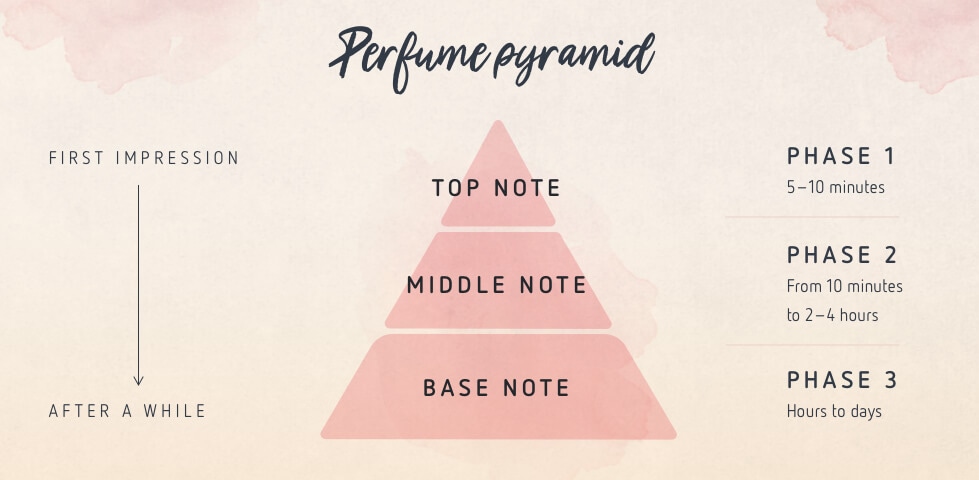
Perfume notes explained: We're talking about the top note, middle note and base note
The three phases of the perfume pyramid develop one after the other, with the top note appearing first and the base note last. The middle note characterises the central part of the pyramid. The phases also differ in the length of their perceptible olfactory fragrance impression.
1. phase: The top note
The top note denotes the fragrance you can perceive as soon as you apply the perfume or sniff it in the bottle. So this is the first impression. The nuances are very fleeting and usually disappear within five to ten minutes. As a general rule, light and sparkling fragrances such as bergamot, cinnamon, mint, grasses or citrus fruits dominate.
2. phase: The middle note
Once the top note phase has ended, the fragrance experience passes straight to the middle note. Perfumers refer to this as the actual fragrance, i.e. the heart of the perfume. When the phase begins and how long it lasts depends on the fragrance components used. But usually the middle note is perceptible for several hours. It is usually characterised by its floral bouquet, such as iris, rose and jasmine. Anise, vetiver, honey, mild spices and berries are also among the most popular ingredients.
3rd phase: The base note
The base note is an unusual property of a perfume. Its fragrances stabilise the entire fragrance experience, therefore this phase also forms the base of the pyramid. One of the special features of the base note is that this phase can last between many hours and several days. The nuances are usually sensual, deep and heavy –patchouli, musk, vanilla, incense, sandalwood (woody notes in general) and strong spices are therefore very popular in the base note.
Did you know?
Have you ever wondered why a perfume smells different on someone else than it smells on you? The base note is also responsible for this effect. The scents used interact with the natural substances produced by the skin. So perfume can smell different on every person.
Tips for choosing a perfume
The perfume pyramid with its top note, middle note and base note can help you to find the best perfume for you. Many people make the mistake of selecting their perfume based on the first impression. They base their decision on the top note.
Yet this fragrance impression only lasts a few minutes. Afterwards, other nuances come to the fore. If you’re unlucky, you'll only notice that the perfume doesn't suit you at all when the base note comes in.
To be able to make a better decision, you can work with fragrance samples. Try out fragrances that really interest you by wearing them in your everyday life. Wear each fragrance for several hours and let it develop on you. Only after you have got to know the base note should you make a final decision.
Takeaway
As a rule, a perfume is composed of 150-250 individual components that are divided into different notes. The classic fragrance composition is based on the perfume pyramid. It illustrates the structure of a perfume. The pyramid consists of the top note, the middle note and the base note. The three fragrance phases are harmoniously coordinated with each other.
The sophisticated interplay of calming, stimulating and attractive fragrance notes characterises a good perfume. This interplay is decisive in whether we like a fragrance or not.






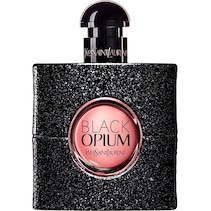
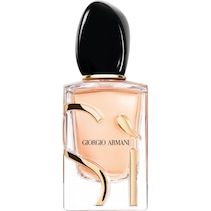


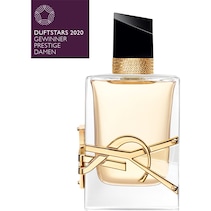


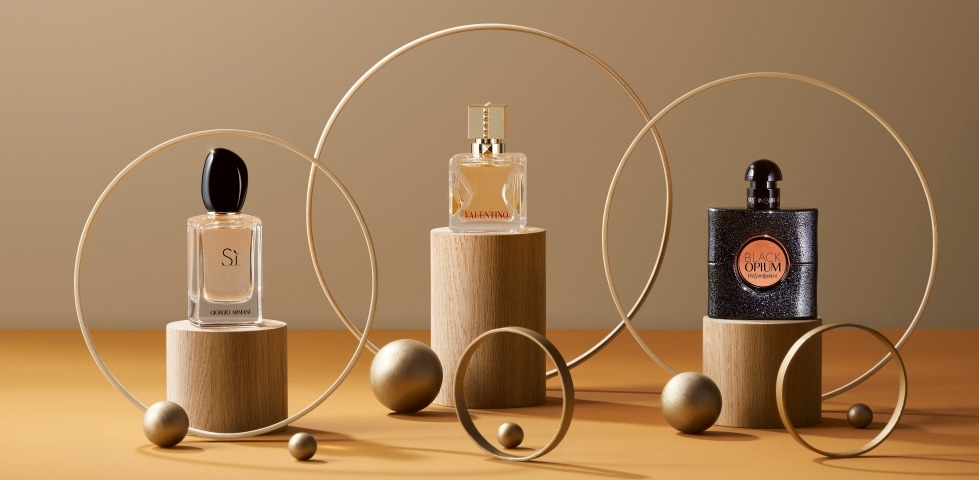













 Certified security
Certified security








